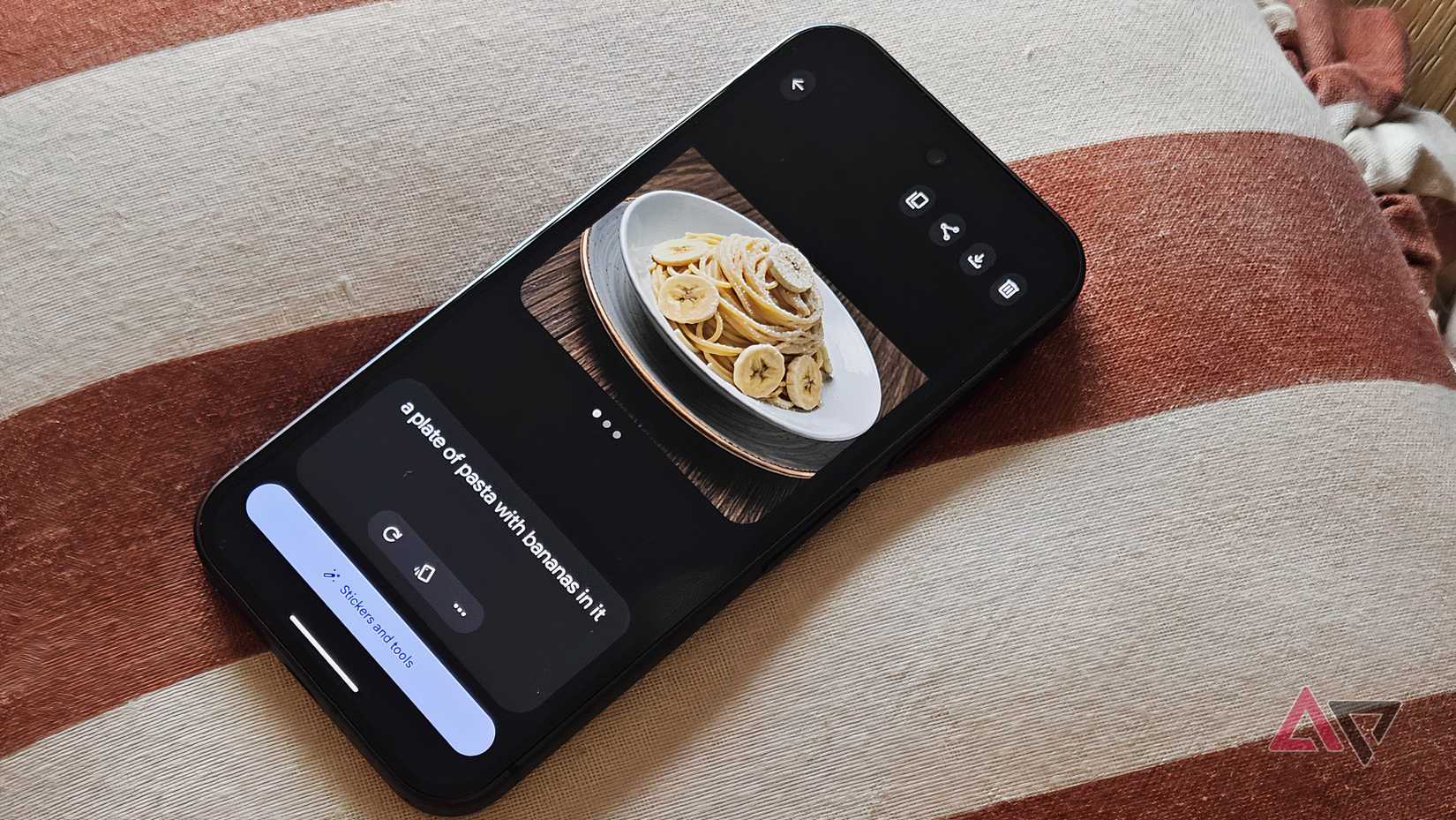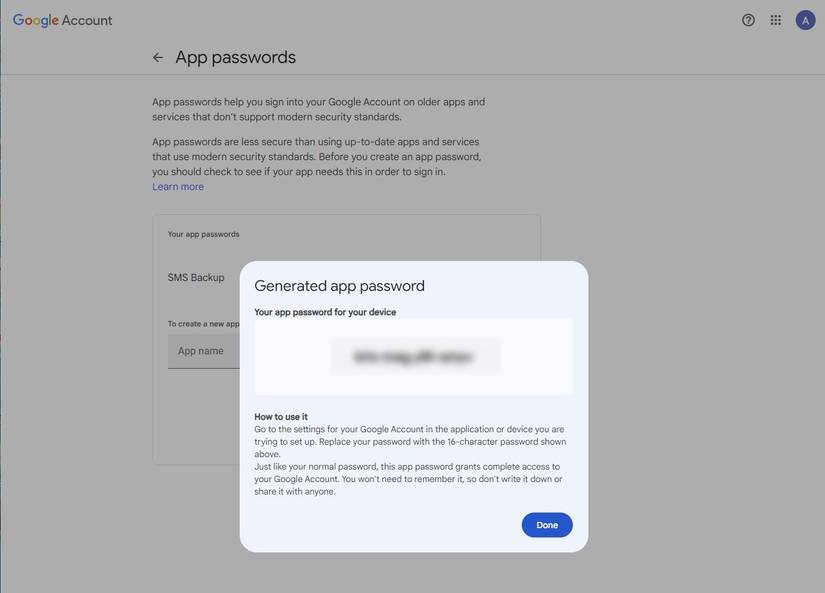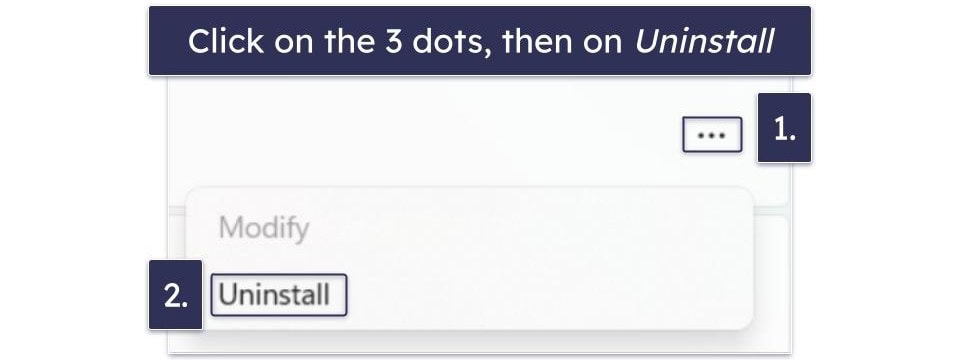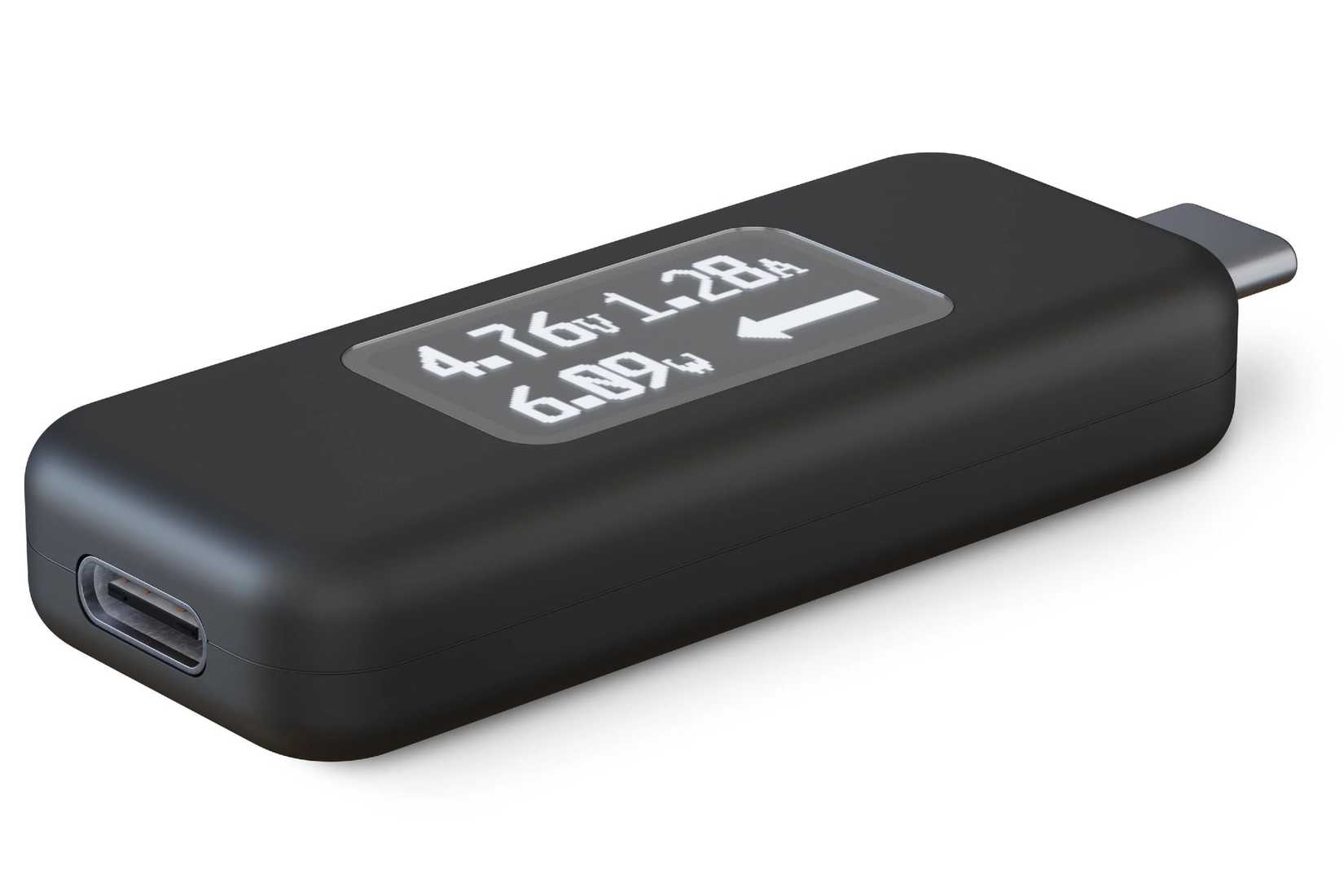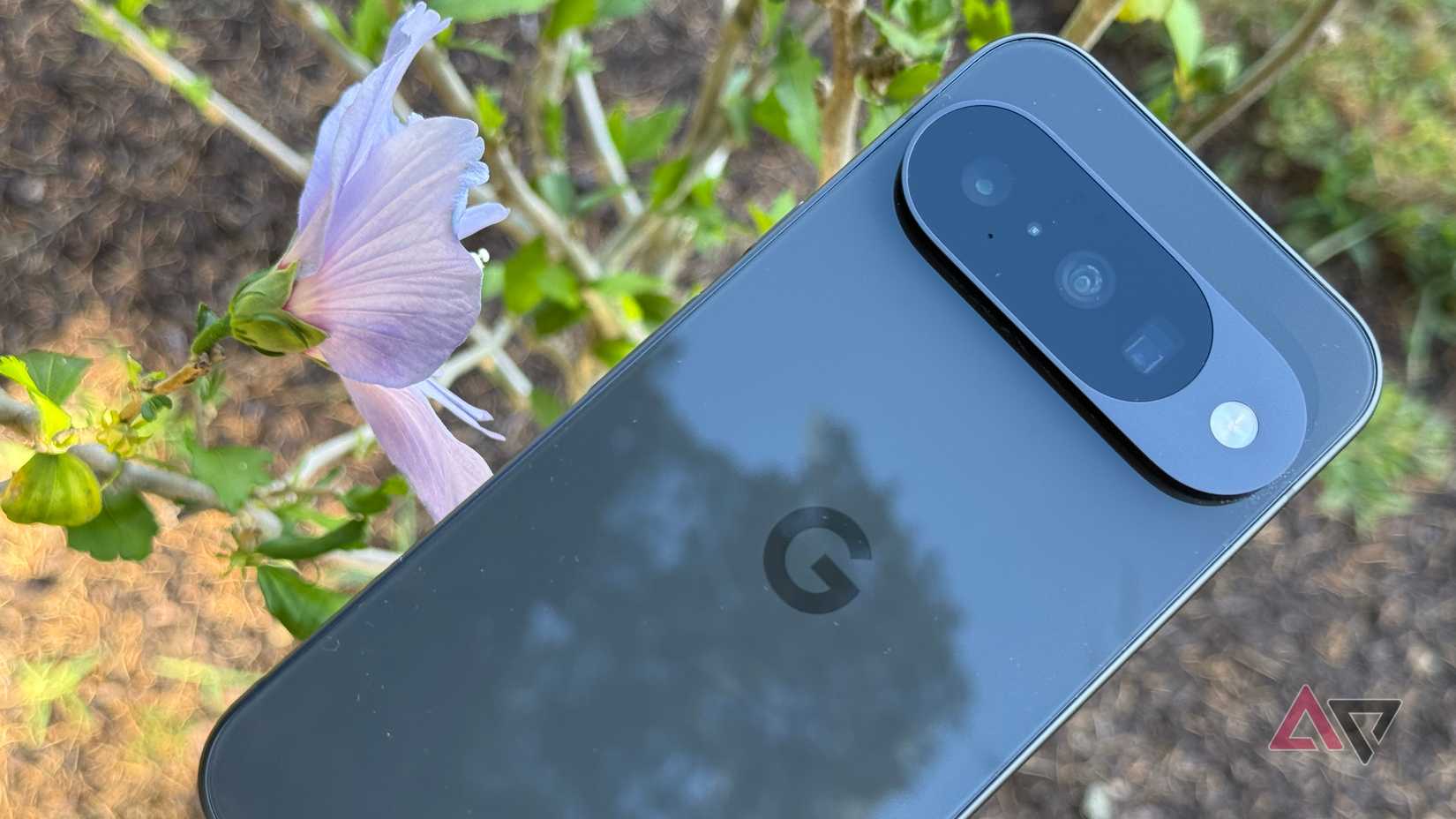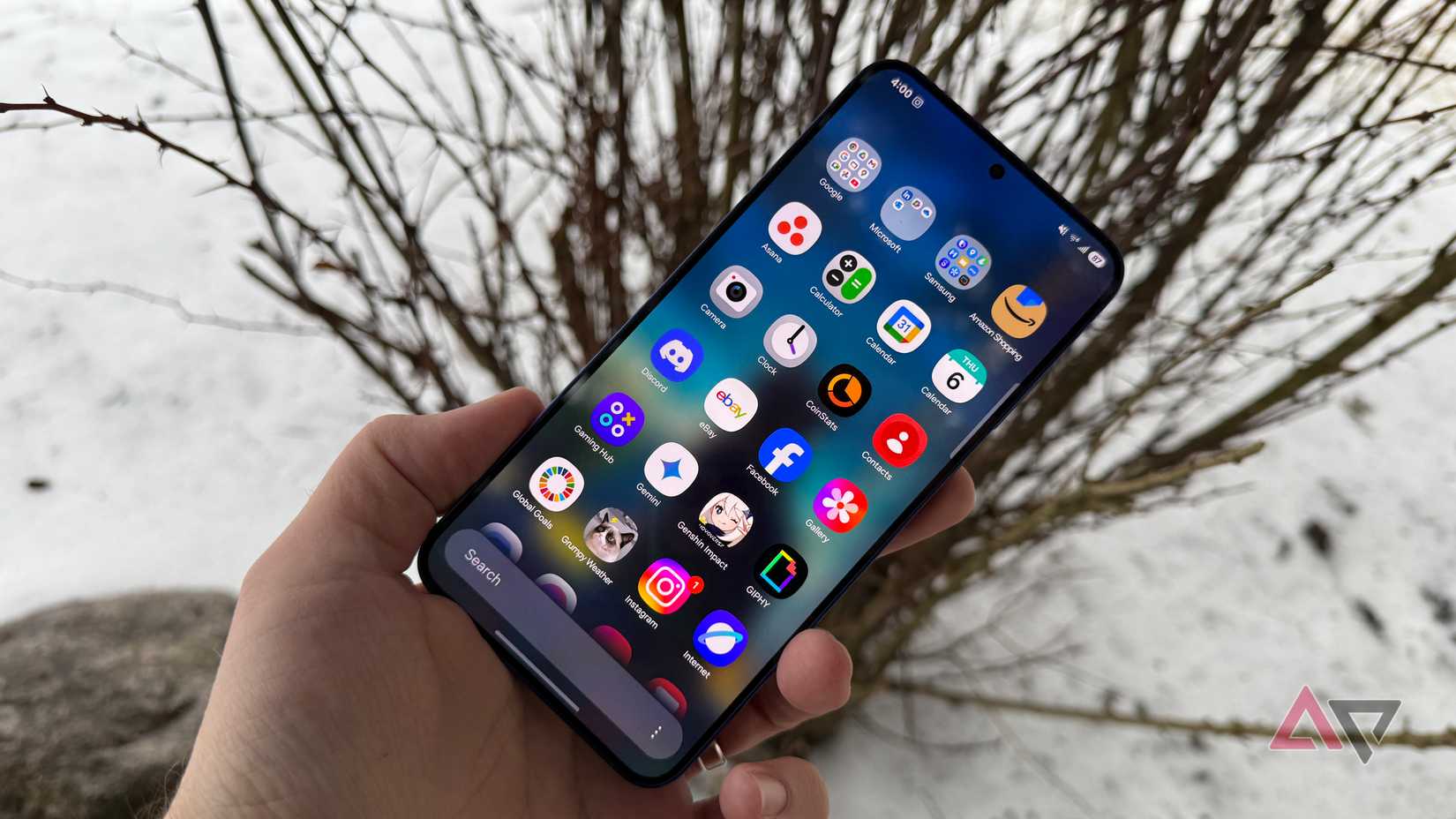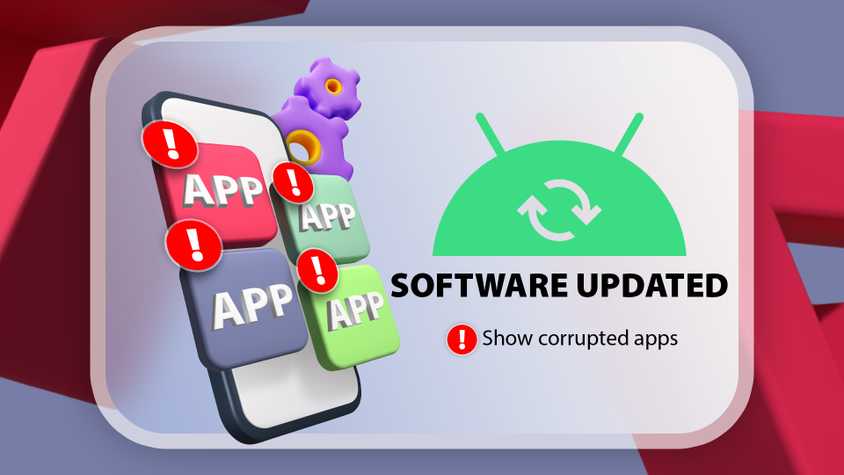Another year, another wave of phones hits the market with price tags that look more like a month’s rent. We’re presented with unfathomable zooms, 8K recording, and processing power that rivals a laptop. Perhaps this is worth it.
Let me be clear, it’s not. I refuse to waste my money on a flagship phone, and I believe you should, too, and here’s why.
Flagship phones cost far more than what they’re made of
Flagship phones cost far more than their components. Counterpoint Research’s Bill of Materials (BoM) shows that the raw parts for a Samsung Galaxy S23 Ultra (8 GB RAM, 256 GB storage) cost about $469.
The most expensive parts are the processor, Samsung-supplied AMOLED display, and camera subsystem from both Samsung and Sony.
The $469 component cost contrasts with the phone’s $1,200 launch price, revealing a large markup. This gap is a measurable brand tax.
Consumers are subsidizing the advertising campaigns to persuade them to purchase the next expensive device.
Mid-range phones operate on smaller margins and have more modest marketing budgets. Their final price is far closer to their underlying component and R&D costs.
Benchmarks don’t reflect how we use phones
Benchmark tests favor flagship processors, but these scores represent peak theoretical performance that is rarely, if ever, used by day-to-day applications.
For most smartphone tasks, like web browsing, social media, and casual gaming, modern mid-range phones deliver an equal experience to their flagship counterparts.
Even heavy games like PUBG or Genshin Impact run smoothly on mid-range chips, making flagship power unnecessary unless one is engaged in niche activities, like high-end emulation.
High-end specs are no longer exclusive to flagships
The term flagship killer was once niche, popularized by early OnePlus models for devices with high-end specs at mid-range prices. Now it defines the mainstream mid-range market.
Devices like the Google Pixel A series, Samsung Galaxy A series, and Nothing Phones now offer features that were once exclusive to flagships.
|
Feature |
Samsung Galaxy S25 Ultra |
Apple iPhone 16 Pro |
Google Pixel 9a |
Samsung Galaxy A56 |
|
Processor |
Snapdragon 8 Elite |
Apple A18 Pro |
Google Tensor G4 |
Exynos 1580 |
|
RAM/Storage |
12GB / 256GB+ |
8GB / 256GB+ |
8GB / 128GB+ |
8GB / 128GB+ |
|
Display |
6.9″ Dynamic AMOLED, 1-120Hz |
6.3″ Super Retina XDR, 1-120Hz |
6.3″ OLED, 120Hz |
6.6″ Super AMOLED, 120Hz |
|
Camera |
200MP Wide, 50MP UW, 50MP 5x Tele, 10MP 3x Tele |
48MP Wide, 48MP UW, 12MP Tele |
48MP Wide, 13MP UW |
50MP Wide, 12MP UW, 5MP Macro |
|
Battery (mAh) |
5000 |
3500 |
5100 |
5,000 |
|
Software Support |
7 Years (OS + Security) |
6 Years (OS + Security) |
7 Years (OS + Security) |
6 Years (OS) |
|
Launch Price |
$1300 |
$1000 |
$500 |
$500 |
This table shows the law of diminishing returns. You can buy a Google Pixel 9a for less than half the cost of a Galaxy S25 Ultra. It has a 120 Hz OLED screen, a capable processor, a great camera, and seven years of software support.
Google’s Pixel 9a takes everything that was great about the Pixel 8a and looks to modernize it. With an all-new Pixel 9-inspired look and no camera bump, this might be the best $500 smartphone we’ve seen yet.
- Display type
-
pOLED, 120Hz
- Display dimensions
-
6.3 inches
- Display resolution
-
1080 x 2424
You don’t need a 200MP camera for Instagram
Marketing campaigns focusing on high megapixel counts and the sheer number of lenses on a device are often misleading.
Computational processing has become more important than hardware specifications. This development has allowed less expensive phones to compete with their flagship counterparts.
Sensor size, lens quality, and especially the software that processes raw data determine image quality.
Even the headline-grabbing 200MP cameras use pixel binning to merge tiny pixels into larger ones as raw data for processing rather than the final shot. The output is a 12 MP or 50 MP image.
Google’s Pixel line is the prime example of how superior software can produce better photos from inferior hardware. And let’s be honest about where these photos end up.
Do you print A2‑sized posters from your phone photos? Or are you posting them to Instagram and Facebook like the rest of us?
When you upload an image to these platforms, it undergoes compression. The service shrinks the file size to save bandwidth, stripping away the ultra-fine detail and resolution you paid a premium for.
Flagship phones now compete on features no one uses
Flagship smartphones chase feature velocity, prioritizing yearly announcements over genuine usefulness.
Premiumization drives this cycle. It demands longer spec sheets to justify higher prices, regardless of real value.
Features like 8K video and mobile ray tracing impress in keynotes but add no practical value for most users. Marketers and engineers drive these features, not users.
8K video recording is a prime example of hype with practical limitations.
First, the file sizes are enormous. One minute of 8K video consumes approximately 600 MB of storage, quickly filling even a large-capacity phone.
Second, there is a near-total lack of compatible displays. Most users will watch videos on their phone’s screen, which does not even have a 4K resolution.
To perceive any visual benefit from an 8K television, a viewer would need an 80-inch screen to sit just 1.5 meters away.
Phone makers have closed the update gap for mid-rangers
Longer software support was once the best reason to buy a flagship. Now, it has been neutralized. This change disrupts the smartphone market and redefines long‑term value.
Historically, flagships offered four to five years of software updates while mid-rangers were lucky to receive two. That justification no longer applies.
Google and Samsung now provide seven years of OS and security updates on many new devices, including midrange models.
The illusion of the annual upgrade and planned obsolescence
For years, we’ve been conditioned to believe that the best Android phone is the only one worth owning.
Phone makers fuel an upgrade culture with aggressive marketing pushing consumers to replace working phones for minor improvements.
A Bocconi University study found that one in three smartphones is replaced while fully functional due to a manufactured desire for novelty, not technical failure.
Several forms of Planned Obsolescence drive this.
Material Obsolescence is a major factor beyond Functional Obsolescence and discontinuation of software updates, which we mentioned above.
Flagship phones are marketed with materials like glass. However, in real-world use, these materials often prove more fragile and susceptible to cosmetic damage than the polycarbonates used in mid-range phones.
Then there’s Economic Obsolescence. Phones built with non‑removable batteries and sealed designs command steep screen or battery replacement fees.
There are also expensive proprietary parts and restrictive manufacturer policies to control the repair market and sell subscriptions.
You can buy better tools and toys for the same price
The $1,000 or more spent on a flagship phone represents an opportunity cost. That money could be allocated to other goods, services, or investments that provide more tangible value or enjoyment.
Before you add that $2,000 phone to your cart, pause and consider the alternatives.
Are you into gaming? You could get an Android handheld console for the price difference between a flagship and a mid-range phone.
Do you love photography and feel tempted by the pro-camera marketing? Instead of buying into the hype, you could take that $1,000 and get serious. That money will get you a decent second-hand DSLR.
It’s time to rethink what makes a phone worth buying
Next time you face a wall of overpriced smartphones, remember what they represent. Marketing and brand prestige have inflated flagship prices far more than by essential innovation.
The best Android phone is the one that serves your needs, and these needs have been met for the majority of us. True innovation lies in the value and features available for under $800, not at $2,000.


